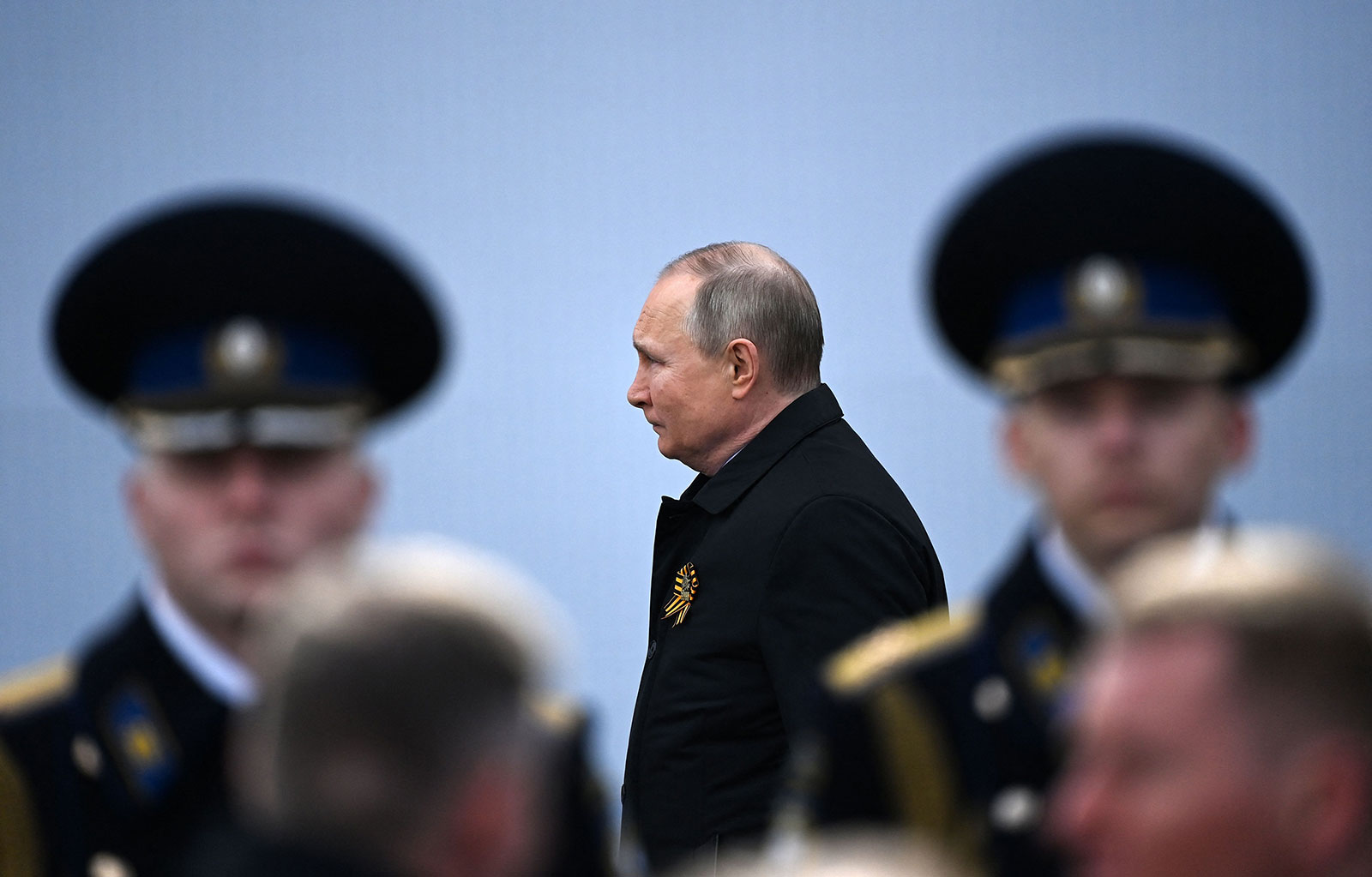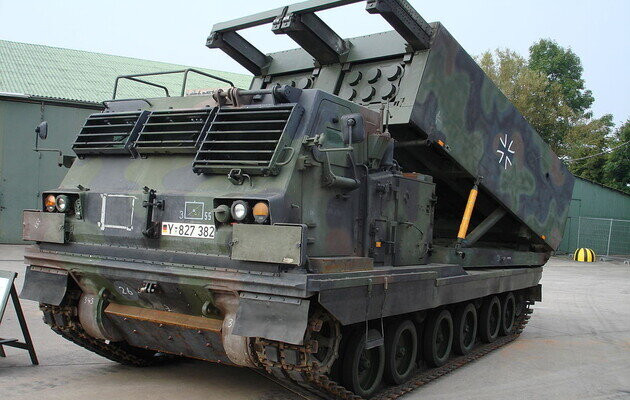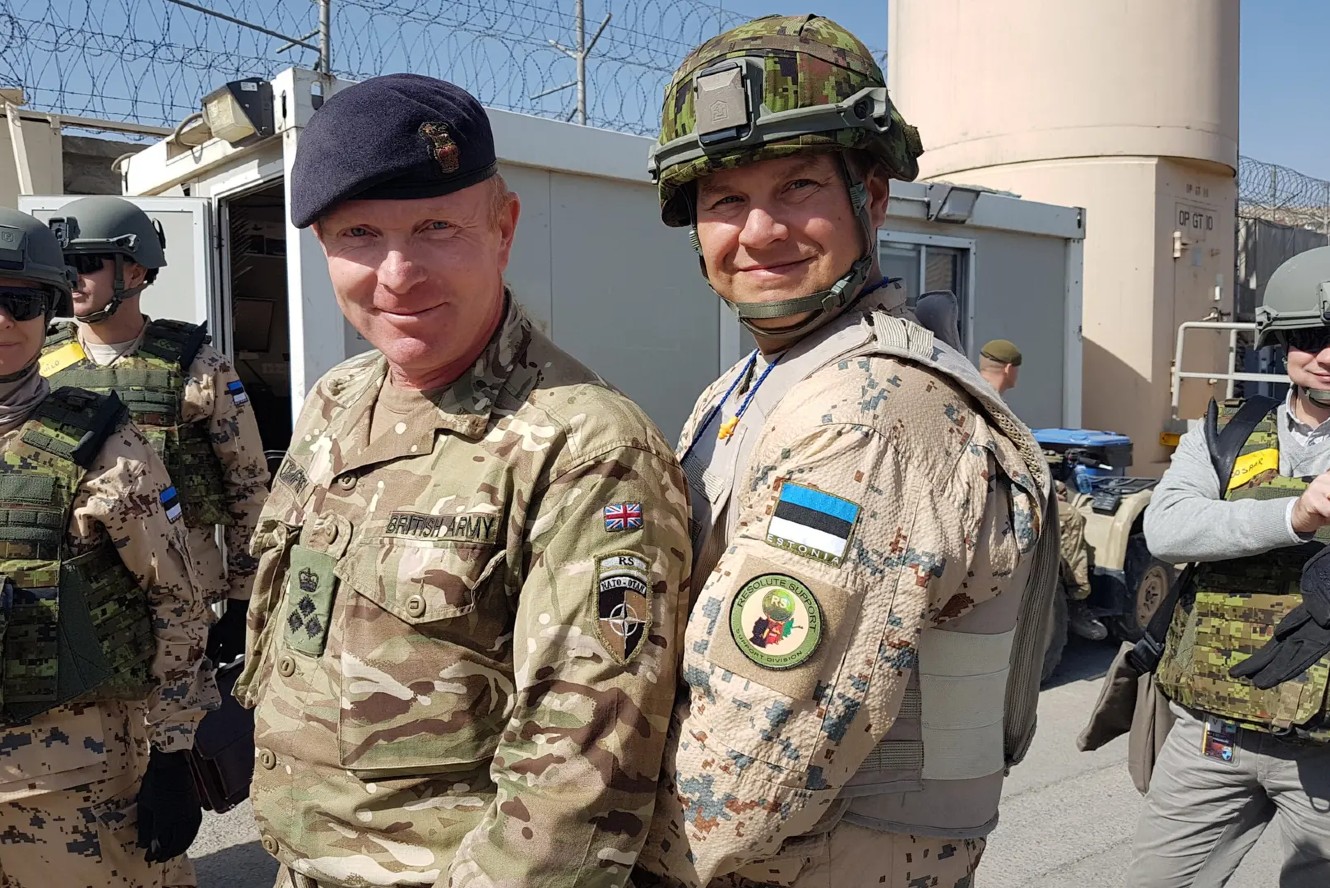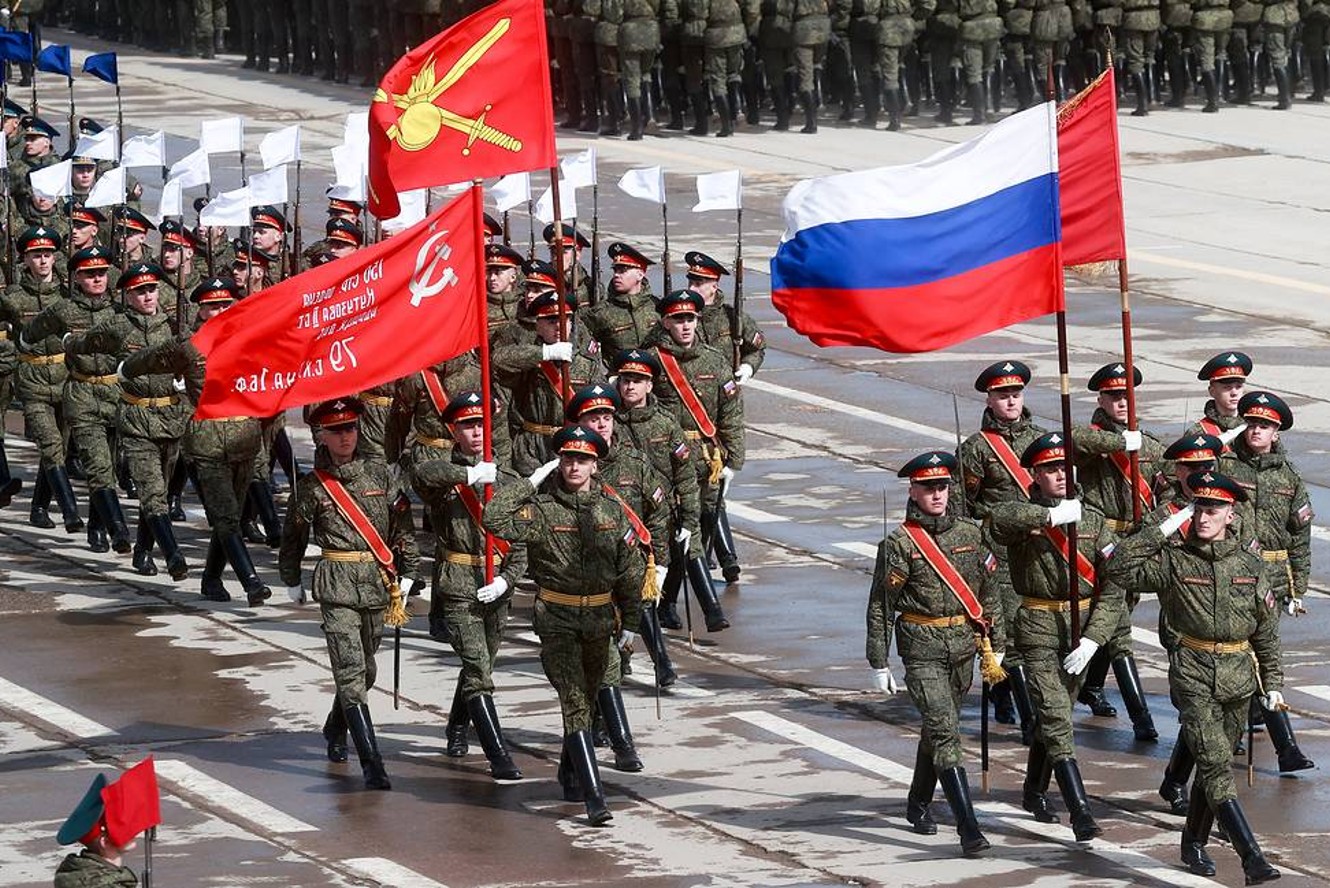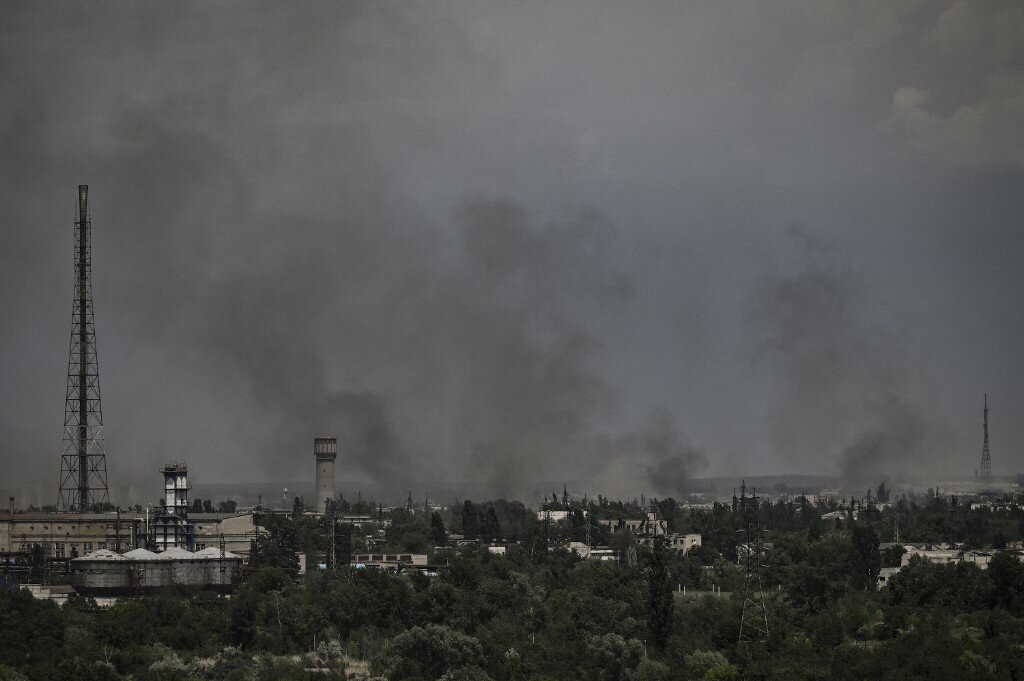NOT BUILT FOR PURPOSE: THE RUSSIAN MILITARY’S ILL-FATED FORCE DESIGN
MICHAEL KOFMAN AND
ROB LEE JUNE 2, 2022
COMMENTARY
Russia’s invasion of Ukraine was a deeply flawed military operation, from Moscow’s assumptions about an easy victory, to a lack of preparation, poor
warontherocks.com
Russia’s invasion of Ukraine was a deeply flawed military operation, from Moscow’s assumptions about an easy victory to a lack of preparation, poor planning, and forced employment.
Less attention has been paid, however, to Russian force structure and manpower issues as a critical element now shaping outcomes in this war. Plans rarely survive first contact with an opponent and militaries invariably must adapt, but strategic force structure choices can prove decisive.
Force structure reveals a great deal about the military and its assumptions of what wars it plans to fight and how it plans to fight them.
Some of the most significant problems being experienced by the Russian armed forces are the result of conscious choices and tradeoffs. These decisions help explain many of the observed struggles the Russian armed forces have had in combined arms operations, fighting in urban environments, and attempts to hold terrain.
The full extent of Russia’s personnel weaknesses has become clear during this war. As it stands, the Russian military has a shortage of manpower — especially infantry. The Russian military also compromised by establishing a partial mobilization force.
Consequently, the Russian army was optimized for a short and sharp war while lacking the capacity to sustain a major conventional conflict at “peacetime” manning levels.
The Russian armed forces are now pressed to sustain operations in Ukraine and attempting what amounts to a partial mobilization to stem the prospect of significant reversals on the battlefield.
<snip>
The arguments here are preliminary, and not meant to be predictive of the outcome of battles in the Donbas or the course of this war.
However, contemporary debates on force structure and military strategy would benefit greatly by looking at the choices the Russian military made and how they ended up in this position.
There’s much to be said about the primacy of political assumptions, which is one of the most decisive factors in how the Russian armed forces were initially thrown into this war, but equally, it is structural choices that have limited its military’s ability to adjust and sustain combat operations.
